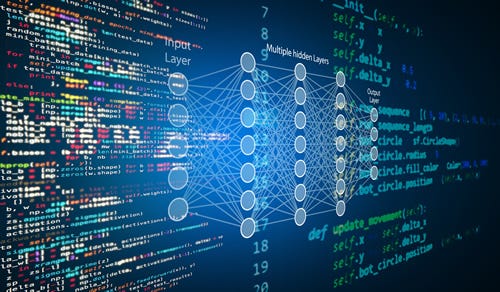There are five generations of programming language.
First Generation Languages
Sometimes referred to as machine code or object code, machine language is a collection of binary digits or bits that the computer reads and interprets. Machine language is the only language a computer is capable of understanding.
Note : The exact machine language for a program or action can differ by operating system. The specific operating system dictates how a compiler writes a program or action into machine language.
Second Generation Languages
Sometimes referred to as assembly or ASM.
Assembly language is a low-level programming language for a computer or other programmable device specific to a particular computer architecture in contrast to most high-level programming languages, which are generally portable across multiple systems. Assembly language is converted into executable machine code by a utility program referred to as an assembler like NASM, MASM, etc.
Third Generation Languages
A high-level language is a programming language designed to simplify computer programming. It is “high-level” since it is several steps removed from the actual code run on a computer’s processor. High-level source code contains easy-to-read syntax that is later converted into a low-level language, which can be recognized and run by a specific CPU.
Example : C, C++, Java, Visual Basic and JavaScript
Forth Generation Languages
A fourth-generation programming language (4GL) is any computer programming language that belongs to a class of languages envisioned as an advancement upon third-generation programming languages (3GL). Each of the programming language generations aims to provide a higher level of abstraction of the internal computer hardware details, making the language more programmer-friendly, powerful, and versatile. While the definition of 4GL has changed over time, it can be typified by operating more with large collections of information at once rather than focusing on just bits and bytes. Languages claimed to be 4GL may include support for database management, report generation, mathematical optimization, GUI development, or web development. Some researchers state that 4GLs are a subset of domain-specific languages.
Fifth Generation Languages
A fifth-generation programming language (5GL) is any programming language based on problem-solving using constraints given to the program, rather than using an algorithm written by a programmer. Most constraint-based and logic programming languages and some other declarative languages are fifth-generation languages.
While fourth-generation programming languages are designed to build specific programs, fifth-generation languages are designed to make the computer solve a given problem without the programmer. This way, the user only needs to worry about what problems need to be solved and what conditions need to be met, without worrying about how to implement a routine or algorithm to solve them. Fifth-generation languages are used mainly in artificial intelligence research.
#coding #programming-languages #programming
